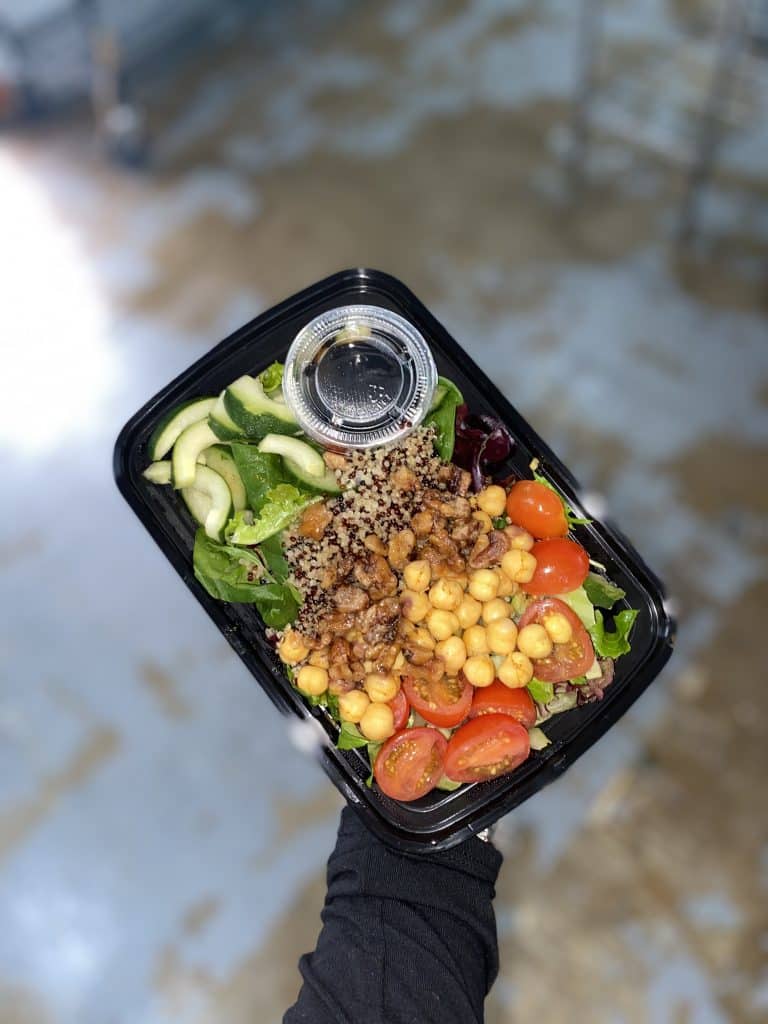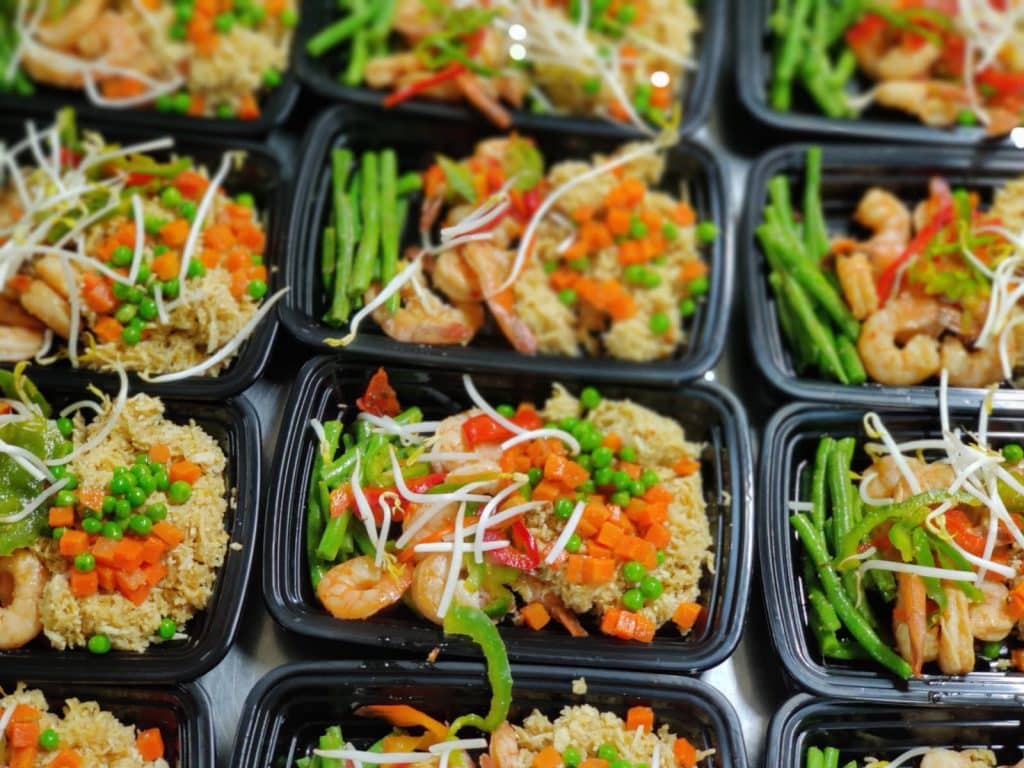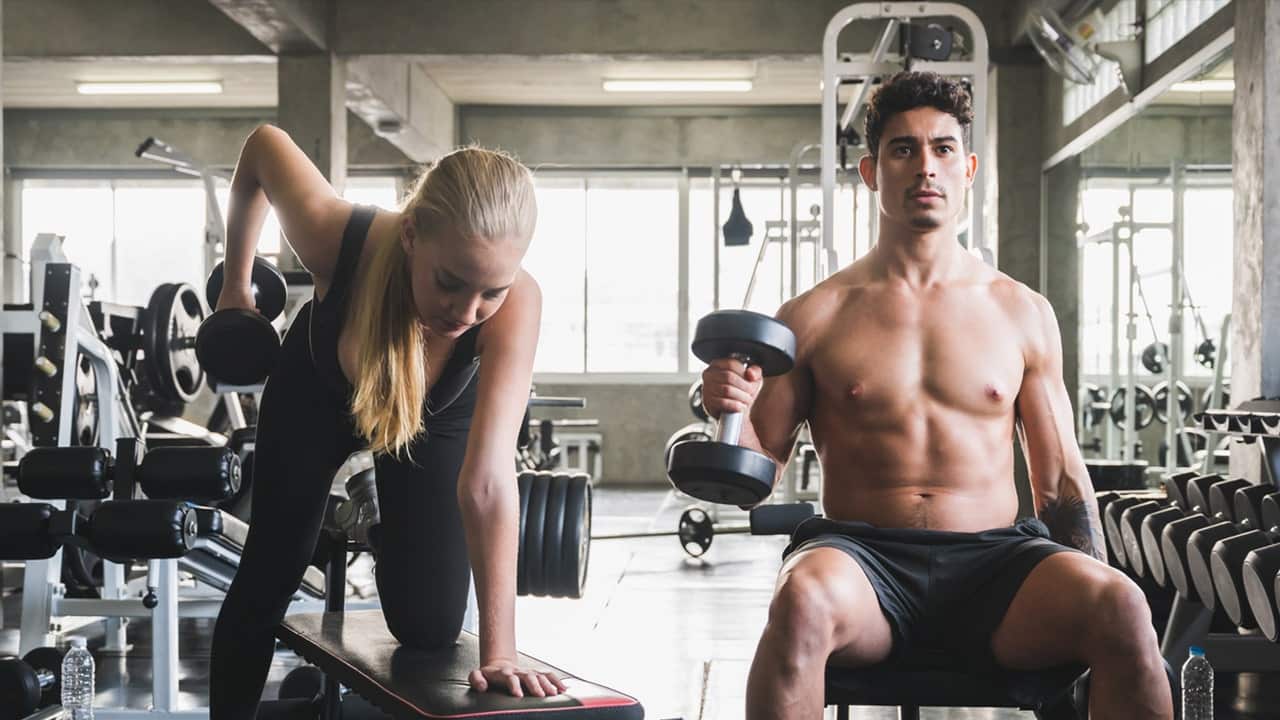Including exercise when following a low-carb or ketogenic diet might be difficult. It’s critical to comprehend how a low-carb diet affects both your body and physical performance in the gym if you want to maximize the benefits of your keto plan exercise.
The excellent thing is that working out while on a low-carb or ketogenic diet is very possible. Some things may have an impact on how well you do in the gym, but they aren’t sufficient grounds for quitting. There’s a very good chance that you may achieve fantastic results by merely altering your exercise regimen and making sure you adequately nourish yourself before working out.
Table of Contents
What Effect Does Exercise Have After Starting Keto?
Your workouts may probably feel more difficult when you initially begin a ketogenic diet. Your body will only have access to carbs when exercising on the keto diet, which is a major factor in this.
Carbohydrates are often the main source of fuel for most individuals during exercise. You just wouldn’t have the stamina to get through a demanding training session without them. Having said that, if you’re prepared to stick with a keto plan exercise when starting a keto diet, you could soon see some actual advantages from doing so.
The main advantage you could experience is a reduction in body weight and fat. As was previously said, carbohydrates are our main source of energy when exercising, so when we cut back on them in our diet, we also cut back on the energy that is available to us.
This fat reduction would be good for our health and wellness for many of us. If your goal is to gain muscle through exercise, it can take longer for you to see results. Your exercises won’t be as vigorous because your body won’t have as much energy.
Advantages Of Exercise While in Ketosis
Keto may improve exercise performance. Here are four advantages of working out when following a ketogenic diet:
Less exhaustion
According to some, those who are in ketosis don’t suffer the same level of exhaustion following a workout as those who carb load or use other types of pre-workout nutrition.
Higher Fat Burn
Your body may use both fat and carbs as fuel while you work out. Your body will automatically turn to its fat reserves to fuel your workout if there are no carbohydrates available.
Better Recovery Time
Because they are burning fat stores instead of carbohydrates for energy, several athletes have experienced better muscle recovery after working out while in ketosis.
Blood Glucose Control
When you exercise on a ketogenic diet, your body uses fat as its main energy source, which makes it easier for it to control blood sugar levels than when it uses carbohydrates, which can cause variations.

Exercises Suiting the Keto Diet
It’s crucial to consider both your keto plan exercise program and nutrition while following a ketogenic diet. You may anticipate certain changes in how your body reacts to both activities and meals when you start and move through the phases of keto.
The good thing is that everyone can discover a ketogenic workout that suits their requirements and skills, so long as you try out a few different ones, you should be able to find one.
- Exercise that is anaerobic
It’s time to engage in a few high-intensity exercises once you have mastered the ketogenic diet and feel confident working out. If adding more of them to your training routine is your objective, they are excellent for increasing muscle growth.
- Exercise that is aerobic
When following a low-carb diet, one of the greatest methods to promote weight reduction is through aerobic activity. This is because aerobic activity aids in creating an energy deficit in your body, which causes you to burn more calories than you consume.
- Exercise that is for flexibility
Yoga and other flexibility activities assist to decrease post-workout soreness by keeping joints and muscles healthy and lowering stress levels. This is applicable both when beginning a ketogenic diet and fitness program as well as months afterward.
- Exercise that is for stability
The last kind of activity that may be performed while following a ketogenic diet is stabilization exercises. Exercises like Pilates or balance training help you become more coordinated and prevent injury. This might be useful if you’re engaging in intense exercise to increase your muscle mass, but it can also be useful for novices who do not have the neuromuscular control required for such activities.
Best keto workout plan for free
Here is a sample keto exercise schedule for 7 days to help you lose weight:
- First day: Resistance training
- Second day: Pilates or Yoga
- Third day: Training with high-intensity interval
- Fourth day: Long-duration cardio, like running
- Fifth day: Stretching and other flexibility exercises
- The sixth and Seventh days are off days.
The meal plan for keto exercise – What Foods Are Best For Building Muscle?

Foods High in Magnesium
One of the electrolytes that you’re likely to lose through sweat and urine is magnesium. The finest sources of magnesium are dark green veggies like broccoli, kale, and spinach.
Rich in Potassium Foods
When following a ketogenic diet plan, one potential side effect is that your kidneys may excrete more potassium than usual. The loss may result in weariness and cramps while exercising. While the majority of fruits, vegetables, and nuts only give modest quantities of potassium, certain items, including meats, fish, and avocados, are rich in potassium.
Proteins
The building blocks of protein and amino acids are crucial for the development of muscle tissue. Due to their ability to be converted into glucose to meet your body’s energy requirements, some amino acids are said to as glucogenic.
As a result, you should watch out that your muscles don’t use all of these amino acids, leaving none for the formation of other proteins or other bodily processes.
Eggs, meat, poultry, fish, avocados, and low-carb dairy foods like hard cheeses and heavy cream are some of the finest sources of protein on the keto diet.
Foods Rich in Sodium
For people who perform intense activities that cause heavy perspiration, replacing electrolytes like salt is crucial. The majority of your sodium will come from the salt you add to your diet, along with minor levels that are naturally found in many foods if you’re attempting to avoid processed foods. For the most part, eating adequate salt is not an issue.
Fats
When it comes to your keto workout food plan, don’t forget about fat! To improve your performance in the gym, dietary lipids are crucial for the production of testosterone and increasing overall energy levels. They promote lifespan in general and help preserve good skin and hair. Both animal food like beef or pig and plant sources like coconut oil or avocados may provide you with dietary fat.
The following are the top sources of good fats for meals and snacks:
- Olive oil
- Avocado oil
- Coconut oil and MCT oil
- Ghee and butter
How Much Should You Eat While on Keto To Gain Muscle?
While on the keto diet, the following suggestions might help you get the most out of your workouts:
- Consume sufficient protein to maintain muscular mass.
- Utilize fats for 50–70% of your daily energy needs.
- Make sure that 10–15% of your diet consists of carbohydrates, with an emphasis on high-fiber foods like berries and leafy greens.
As part of your keto exercise meal plan, you should also keep track of your macronutrient intake because doing so will enable you to achieve your objectives. To ensure they aren’t overdoing it on either end, this entails counting calories and restricting carbohydrates and protein while boosting fat consumption.

How to Fuel Your Body for Exercise While Consuming a Ketogenic Diet?
It can be beneficial to switch to a performance-based keto diet plan if you’re interested in gaining muscle mass. By including certain carbohydrates before, during, and after your training regimen, you may achieve this. Here are some fundamental recommendations for eating before doing out while on the ketogenic diet.
- Snack before exercise: Have a low glycemic index carb-rich beverage, like coconut water, grape juice, or flavored sparkling water, about an hour before your workout. This fuels you for the upcoming session while replenishing your glycogen levels without significantly interfering with ketosis.
- Throughout Your Workout: Make sure to incorporate targeted carbohydrates in your snack or supper one hour after consuming a low-GI beverage during your workout. Bananas, sweet potatoes, rice cakes, or date buns with nut butter on top are some excellent examples of sources of these carbohydrates.
- Your post-workout: It’s ideal to avoid consuming a lot of carbs because doing so might result in blood sugar changes, which can hamper weight reduction outcomes in the future by delaying recovery. So, to hasten recovery and return to ketosis, stick to a fat-rich snack that also contains protein and MCTs.
Conclusion
To get the most out of your workout, your glycogen reserves must be full. Keto dieters will find it difficult to go through demanding activities that run more than 60 minutes without carbohydrates. You can enhance performance and yet lose weight by tailoring your macronutrient intake around exercises. No matter what stage of the ketogenic diet you may be in, with the advice in this article, you should be able to maintain your fitness objectives.

